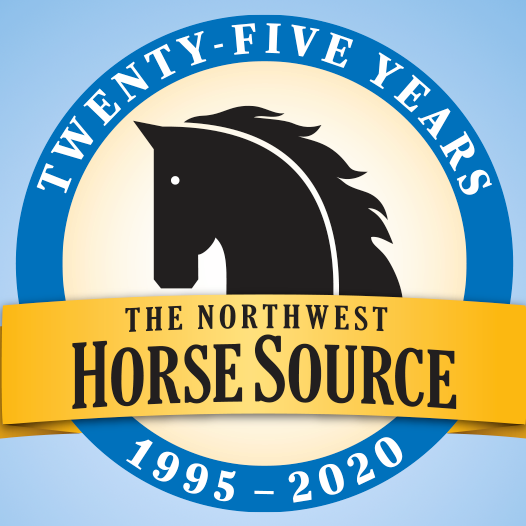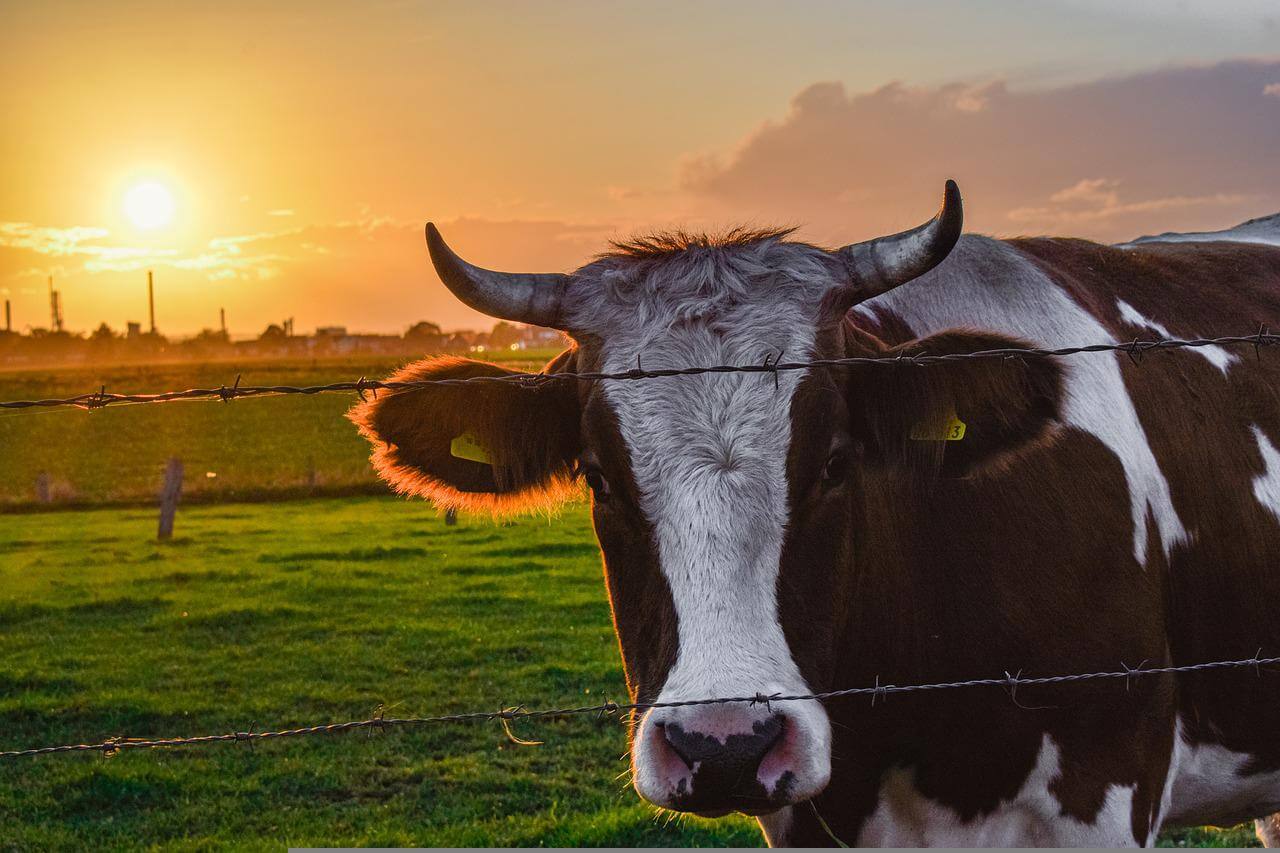By Tony Hawkins, DVM, Valley Vet Supply Technical Service Veterinarian
In Parts 1 and 2, we covered heat stress prevention for dogs and horses – last but not least, let’s look at this topic as it relates to cattle.
Simply put, cattle are not designed to be the most efficient at cooling themselves down. Cattle of course do not sweat – just like our dogs – they pant and release heat through their lungs. And, their lungs are actually pretty small compared to their body size.
Before getting into management best practices for keeping our cattle cool, be sure you’re familiar with the signs of heat stress in cattle. During this event, cattle can have a respiration rate over 100 breaths per minute. You could see them experiencing a rapid breathing rate and open-mouth panting, extended neck, and slobbering – a lot of slobber. Also, you may see restlessness and distress, decreased movement, bunching, and overcrowding near water sources. Those are going to be pretty classic signs that your cattle are hot, and it needs to be addressed.
Keep these tips in mind for the remainder of the summer season, and for next year.
6 Tips to Help Cattle Avoid Heat Stress
- Adjust feed times. Like with horses, their digestion process produces a lot of heat, thus as the day goes on, cattle accumulate more heat from their digestion. Now, couple this with humidity and lack of air movement, and that’s when trouble brews. To help with this, we can adjust our feeding times to feed cattle during the cooler hours of the day, either in the morning or evening hours.
- Provide shade and ample water. When you have high humidity and very little air movement through wind, it’s incredibly important cattle have shade to retreat to – whether in the form of tree cover out on pasture or shade structures, which are more commonly used on feedlots, confinement operations and dairies. Shade is a big thing for cattle. Having access to fresh water is vital for cattle health, especially during the warm weather many of us have been seeing. University of Nebraska-Lincoln notes that daily water intake may vary from 3 to 30 gallons per day, depending on age, weight, production stage and weather conditions.
- Fly control is actually very important in prevention of heat stress in cattle. Cattle that have a lot of flies on them tend to bunch up. If we can keep the fly pressure down, they won’t bunch up as much, helping them keep cool by encouraging air movement from the wind. We want to try to minimize the amount of time that they stand bunched up like that. From an environmental fly control standpoint, frequently remove manure, damp and soiled hay, uneaten grain, and any other source of decaying organic matter in confinement areas. For pasture cattle, encourage water drainage and minimize decaying plant matter with cutting or burning. For a stress-free fly control method, try self-applicator rubs like dust bags and back rubbers, to provide cattle with regular insecticide application. Good fly control tremendously helps reduce heat and stress in cattle.
- Have proper ventilation and put misters in place. If we have cattle that are in feedlots and confinement structures, such as dairy barns, misters will cool them and the overall air temperature. The only key there being ventilation, which becomes very important. If we have water moisture that we’re adding to the air, without proper ventilation we can make that air very humid. And if we don’t have that ventilation to draw that humidity out, then it can actually be worse. If your cattle are in a barn, make sure they have proper ventilation, whether that be air movement opportunities from outdoors or from a livestock fan.
- Minimize daytime movement, and haul during cooler temperatures. The most important thing during this extreme heat and humidity is to avoid handling cattle other than in the morning. Cattle produce heat on their own throughout their digestive process. They need evening and nighttime to cool back down. Also, avoid hauling during the heat of the day. Trailers don’t allow for good airflow. It’s not quite as bad as a closed car, but it gets warm in them. Try to arrange travel times to haul during the morning hours.
- Replenish lost nutrients. Important minerals like magnesium, potassium and sodium can be depleted during sweat, evaporation, and even from the feces and urine of cattle. Supplementing cattle with electrolytes can benefit their health and performance.
Keep these tips in mind as we close out an incredibly warm summer and look forward to the coming fall temperatures – they’ll be more than welcomed, especially if we can see some moisture with it, too. Continue learning and keeping your animals healthy, at ValleyVet.com.
I hope this information will help you keep your cattle safe, as we round out the warmest months of the year. Read Part 1, Keeping Your Dogs Safe and Part 2, Horse Safety During Hot Weather. Visit ValleyVet.com to learn more.
About the author: Valley Vet Supply Technical Service Veterinarian, Tony Hawkins, DVM, attended Kansas State University’s College of Veterinary Medicine, where he placed focus on mixed-animal practice. Before joining the Technical Service veterinarian team at Valley Vet Supply, Dr. Hawkins practiced veterinary medicine in Marysville, Kansas, where he was greatly involved in cattle health, including processing, obstetrical work, and servicing the local sale barn. He also is treasured by the community for his care of horses and pets, through wellness appointments and surgery.
About Valley Vet Supply
Valley Vet Supply was founded in 1985 by veterinarians to provide customers with the very best animal health solutions. Building on over half a century of experience in veterinary medicine, Valley Vet Supply serves equine, pet and livestock owners with thousands of products and medications hand-selected by Valley Vet Supply Technical Service veterinarians and team of industry professionals. With an in-house pharmacy that is licensed in all 50 states, and verified through the National Association of Boards of Pharmacy (NABP), Valley Vet Supply is the dedicated source for all things horse, livestock and pet. For more information, please visit ValleyVet.com.

News from the horse industry. Sharing today’s information as it happens. The Northwest Horse Source is not responsible for the content of 3rd party submissions.


